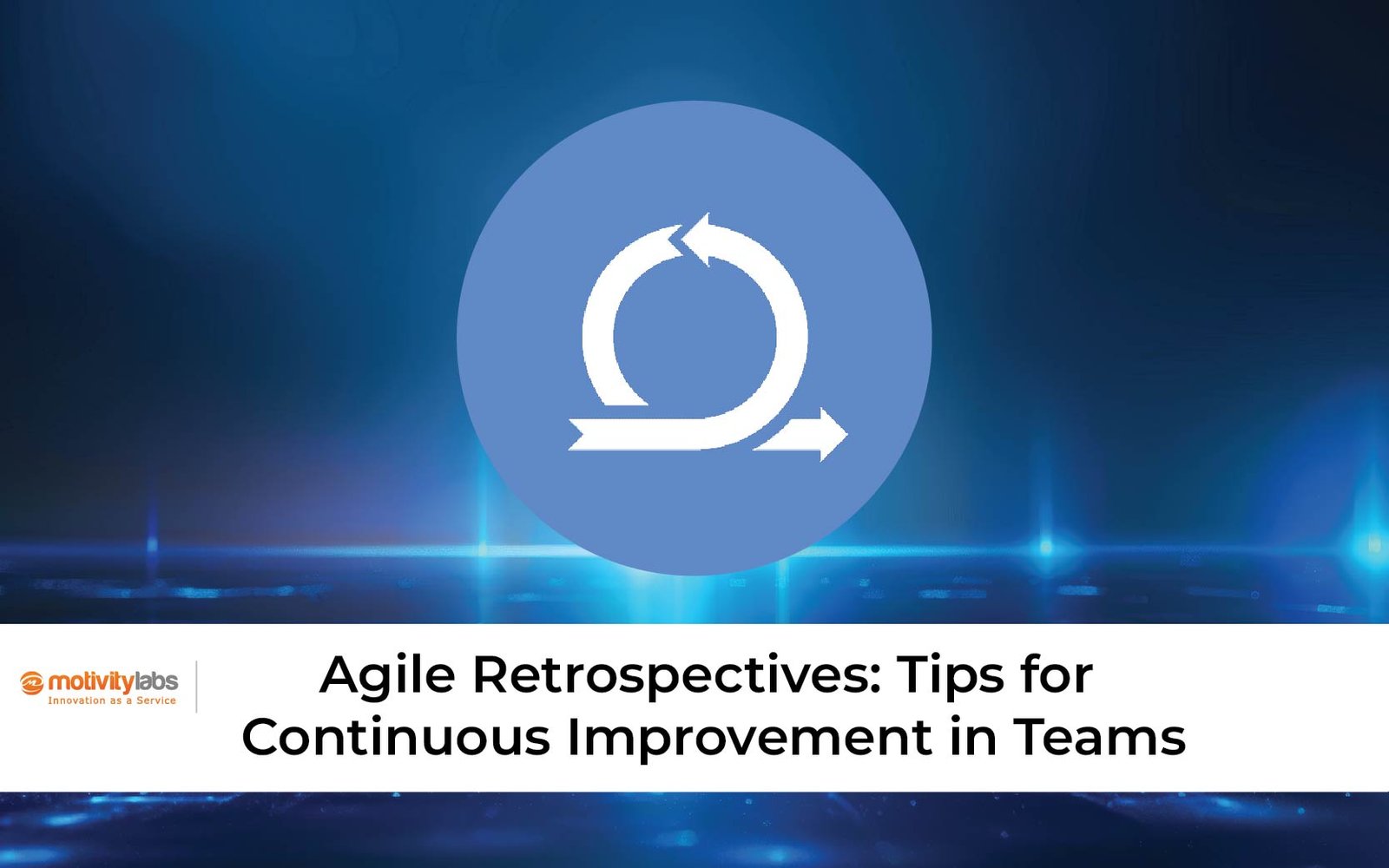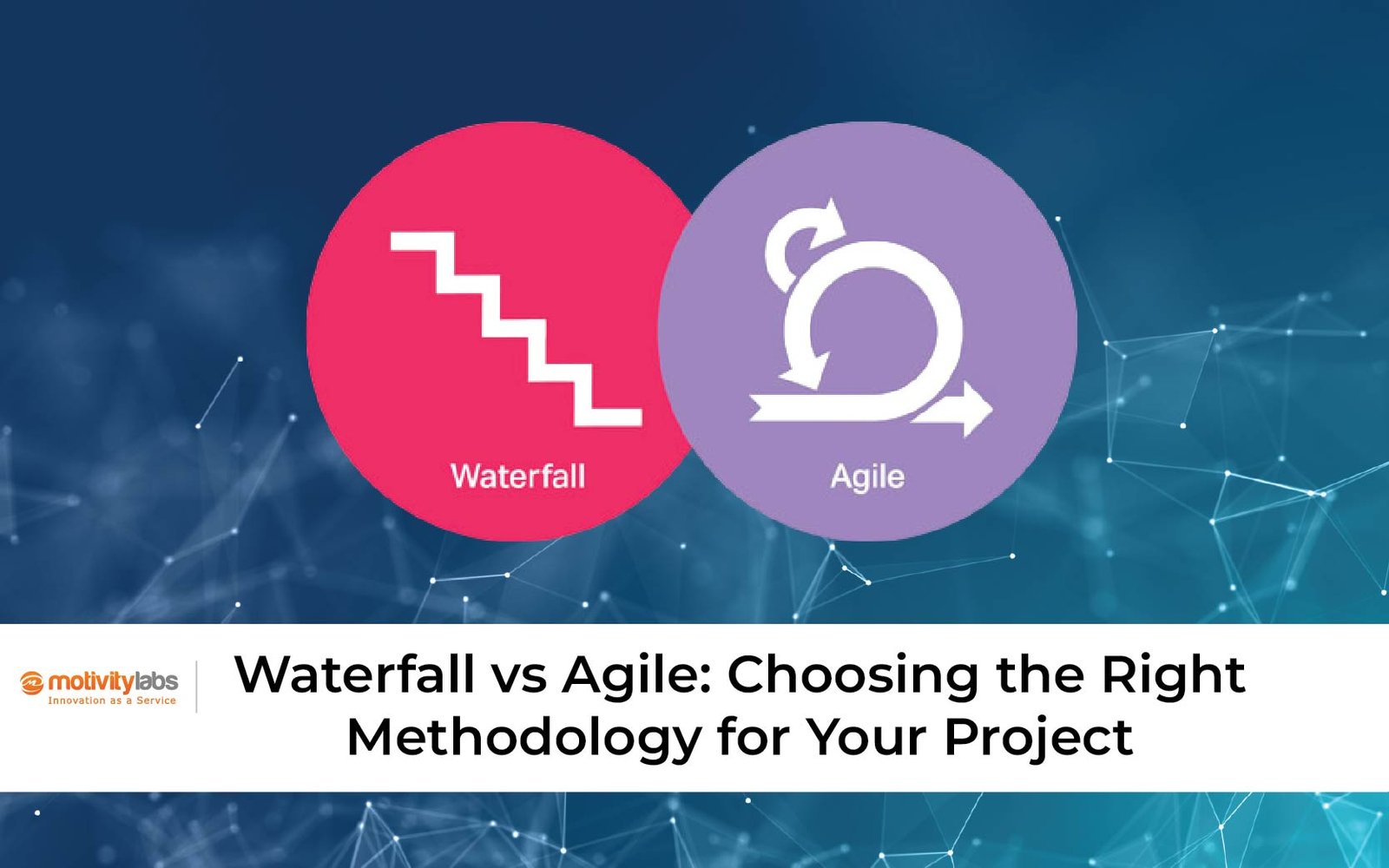Achieving Agility with Business Analytics. Modern business digitalization and the combination of social, information, mobile, and cloud computing have made it imperative for enterprises to quickly respond and adapt to change.
Business analytics acts as a driving force for innovation and places evidence-based decision-making at paramount importance in both operational and strategic business execution. In this context, analytic agility can be defined as the ability of analytics and business intelligence to be responsive, fast, flexible, and adaptable.
Improve Agility of Analytic Processes
Achieving Agility with Business Analytics. Agile analytic processes get benefitted from taking advantage of the key principles of agile software development; those processes are in turn adapted to transform data into insight to support business decisions.
The analytic process contains the following steps:
- Detect and understand different business issues, objectives, and key questions.
- Data collection involves identifying and getting access to key data sources.
- Collect and transform data into data models to be analyzed.
- Processing collected data; applying algorithms, analytic methods, and rules.
- Analyzing key insights and utilizing them as data visualizations.
- Interpreting and reviewing the insights gained.
- Executing actions that are required and aligning them with business objectives.
analytics
Note: The right side figure involves rewritten (plagiarism-free) content and a self-made design so it can be used directly when posting this blog.
With the aim to manage the different analytic use cases, experts on agile development recommend setting up a three-tier approach for analytics and BI capability:

- Information portal: It is usually being developed upon a central enterprise data warehouse and BI platform, managed by the IT function.
- Analytics workbench: It is the exclusive workspace being utilized to interactively visualize data and investigate trends.
- Data science laboratory: The laboratory acts as the incubator for big data initiatives and the dedicated workplace for advanced analytics to take place.
Analytic agility demands all three tiers to reflect interoperability and compatibility among them.
Creation of Analytics and BI Teams to Nurture a Culture of Analytic Agility
Configuring an Analytic Team
Achieving Agility with Business Analytics. Two of the biggest issues enterprises face at the time of implementing a digital strategy are adapting digital capabilities into their core processes and implementing those capabilities in a real quick time.
In order to tackle these challenges, enterprises need an analytics team structure that can encourage and enable the team to adopt various roles to efficiently manage different projects.
Based on the organizational dynamics and culture, the analytic team can either be created in a more “virtual” manner with cooperative and collaborative communities of practice or be fully centralized.
Team Leadership
The role of the manager managing the analytics team must nurture an environment where the team has the freedom and delegated authority to deliver value and operate effectively.
The analytics team leader is required to possess certain valuable characteristics including:
- Relating: Being politically and socially active; doing efforts in enhancing collocation and trust among team members.
- Persuading: Continuously encouraging team members and obtaining support from them.
- Scouting: Understanding team behaviors, and seeking guidance and valuable information from other stakeholders.
- Empowering: Delegating the team, and promoting a culture of flexible decision-making.
Team Makeup and Skills
Members of the analytics team are required to be proficient with important packages, tools, and algorithms, and have excellent technical skills. Also they need to have a strong affinity for quantitative analysis methods and data.
Expected characteristics:
- Communication: The ability to collaborate, engage and communicate data stories.
- Critical Thinking: Impressive problem-solving abilities and skilled at critical thinking.
- Rapid Prototyping: Being skilled at using real data for rapid development of working analytics prototypes to facilitate a “fail fast” approach and enhanced experimentation to innovation insight.
- Bimodal Work Practices: Being open-minded, responsive, and adaptable is a must to achieve analytic agility.
Investing in BI and Analytic Environments
Using Open-Source and Smart Data Discovery Tools
Skilled Agile teams are currently emphasizing on open-source tools such as Apache Spark, Apache Hadoop, Python, RapidMiner, KNIME, etc. Such tools are providing lower cost outlays for their core software.
Similarly, Smart data discovery tools can greatly assist enterprises in identifying hidden patterns in complex, large datasets, without the need to write algorithms or build models. Some of the popular tools include BeyondCore, IBM Watson Analytics, Emcien, SAS Visual Analytics, etc.
With such smart discovery tools, data scientists that are less experienced can still benefit from advanced analytics to highlight and visualize critical correlations, findings, links, clusters, or trends in data.
Using Analytics Services (Cloud-Based)
Cloud technology is offering many advanced services in the field of analytics, especially advanced analytics. The orchestrated, evolving analytics ecosystems is creating valuable opportunities for greater agility:
- Upscaling the required processing power in a seamless manner.
- The capability to monitor/trigger/manage time-consuming events over the weekend and also overnight within the cloud environment or anywhere else.
- Delivering easy access to the data science experiments to different scattered teams across the world within the cloud environment.
To know more or to talk to our expert write to us today: marketing@motivitylabs.com



